In the past three years, the outbreak of the housing economy has led to the fire of yogurt machines, egg cookers, soybean milk machines, air fryers, health pots, etc., which are a group of small household appliances with compact appearance, rich functions and relatively cheap prices. But as young people leave their homes and return to work, small appliances have entered difficult times.
According to the traditional channel promotion data of AVC, the retail sales of 13 categories of kitchen small appliances in 2022 amounted to 52.03 billion yuan, a year-on-year decrease of 6.7%; The retail volume was 220.49 million units, a year-on-year decrease of 12.7%. After entering 2023, the clean electrical appliance industry has also experienced sluggish growth. Industry data shows that in the first half of 2023, the domestic omnichannel retail sales of the clean electrical appliances industry reached 15 billion yuan, with a year-on-year growth of only 3%.
When the "internet celebrity small appliances" that once represented a refined and beautiful life on Xiaohongshu and almost everyone had one, became the "king of idleness" on the Xianyu platform, the small appliance industry is also experiencing a "face changing plot" from being popular to cold.
Lazy economy or IQ tax?
In the videos of lifestyle bloggers, the ideal life for contemporary young people should be as follows: after getting up, first use a wall breaking machine to squeeze a glass of juice, and then put whole wheat bread into the breakfast machine. The golden bread is paired with bright red sliced tomatoes, bacon, and green lettuce to make a nutritious sandwich, and "lazy people" can also enjoy a wonderful breakfast; Before going to work, turn on the sweeping and dragging integrated robot. During work, turn on the home camera and interact with pets; After returning home, take a shower and put your clothes into the washing and drying machine. Lie on the sofa and use a standing hair dryer to blow your hair while playing with your phone... In the beautiful and convenient living atmosphere created by bloggers, small appliances are often an important element in creating a home life.
According to the 2022 China Consumption Trends Report, the post-00s can be referred to as' all around lazy people '. 90% of the post-00s choose not to cook, while 79.5% of the post-95s are 'household command experts'. As a result, these small household appliances with lightweight structure, exquisite appearance, intuitive functions, and simple operation were quickly cultivated and made popular under precision marketing.
To some extent, small appliances carry young people's yearning for an ideal life, but the same "plot" from buying with the trend to falling into disuse has also shattered this beautiful dream in an instant - almost all small appliances cannot escape the criticism of "lack of high-frequency usage scenarios".
On social media, "air frying pan" was voted as the useless commodity with the highest idle rate. The cleaning area "dishwasher", "vegetable washer", "floor washer", "window cleaning robot" and so on are also the hardest hit areas. The products originally intended to free hands were roast by many users that their functions are not commonly used, cleaning is inconvenient, product quality is uneven, and maintenance is difficult. Behind the idle use of smart small appliances, which often cost hundreds or thousands of yuan, is the user's experience of "spending money and effort".
The main "Jessica" of station B up once complained that the window cleaning robot "will crash if it doesn't work". Especially as a high-rise resident, "Jessica" is always on tenterhooks when working with a window cleaning robot. Once, she encountered a robot crashing at the highest point of the window in the studio, and she couldn't reach it herself, afraid that the consequences of the robot falling would be unimaginable. Moreover, this type of robot can only scrub smooth and seamless glass, while scrubbing patterned glass and tile walls with gaps can easily increase the probability of a plane crash.
Another weeding product is a shoe washing machine. The shoe washing machine, which suddenly became popular last year, saw a year-on-year sales increase of over 700% during its peak period. Netizen Xiao Zhe obtained a shoe washing machine for less than 500 yuan in a short online video from Anli. However, after obtaining it, he found that the shoe washing machine at this price range has a small capacity, can only wash 1-2 pairs of shoes at a time, and does not support automatic water injection and drainage. After washing the shoes, dirt and other stains left by the machine still need to be cleaned. The process of washing shoes is also relatively rough, with many restrictions on the types of shoes, and expensive high-end shoes are not even allowed in. In just one attempt, Xiao Zhe hung the shoe washing machine on the idle fish and planned to switch hands, but few people inquired about the new 99 product at half price.
*Shoe washing machine buyer reviews on e-commerce platforms
In the mixed reviews of "intelligence tax" and "lazy person's true fragrance", Xiaojia Electric has completed the entire process of becoming a popular online product from being popular to being lonely. According to data from Ovi Cloud, the retail sales of small kitchen appliances in 2022 reached 52.03 billion yuan, a year-on-year decrease of 6.7%; The retail volume was 220.49 million units, a year-on-year decrease of 12.7%. This is also the second consecutive year of decline in the category of small household appliances after soaring.
More and more consumers are also realizing that many small appliances are fake demands. It's like a Kindle eventually becoming a 'instant noodle machine', a treadmill eventually becoming a clothes hanger, and an air fryer actively becoming a leisure fish.
Serious homogenization, with internal circulation immediately after listing
The market for small household appliances has experienced a downturn due to excessive consumption, mainly due to the problems that have been continuously exposed since the industry went berserk. As Fang Hongbo, Chairman and President of Midea Group, pointed out during his reflection on his own business, "Midea's small home appliance business is not facing development issues, but survival issues
On the business side, the fundamental problem behind the high idle rate of small household appliances is still the single functional attributes of the product. For example, during the pandemic, the air fryer brand, which specializes in one click cooking, quickly matured the market through social media. Many young people who cannot cook but cannot order takeout value the convenience of quickly making delicious food. However, in reality, air fryers are only commonly used to make fast food such as fried chicken and French fries. After the release of the epidemic, the demand for takeout and dining out has rebounded, naturally leading to a decline in user demand for air fryers.
Overdraft of demand has only affected the sales of air fryers for a while. The greater challenge for air fryers is the trend of home appliance integration, which means that under the trend of home appliance product integration, air fryers are becoming a performance of everyone's electrical products. Traditional brands such as Foton, Boss, Midea, Subor, and Daewoo have all launched products with integrated steaming, baking, and frying machines, which integrate air frying function and have received good market response.
This change of functional integration in the small household appliances market has occurred in products such as soybean milk machines and juicers. The wall breaking machines that integrate the functions of juicers, soybean milk machines, cooking machines, grinders and other products have quickly broken through 10 billion after entering the Chinese market, while the market share of soybean milk machines and juicers with single functions is further declining.
All small household appliances with single functional attributes have similar problems as air fryers: fewer application scenarios and low frequency of use. Once other products with more comprehensive functions appear, these single attribute small home appliance products are easily marginalized or even eliminated.
In the Chinese market, small household appliances also face challenges from smaller kitchen areas and more complex production needs. Public data shows that the area of household kitchens in China is generally small, with an average of 6 square meters per person being the mainstream. However, after installing sinks and stoves, the remaining area is not much. So integrated kitchen appliances that subtract in space and add in functionality are more in line with the development trend of Chinese households.
In fact, small household appliances were once highly anticipated by the entire household appliance industry. In 2020, the online market size of small household appliances reached 36.6 billion yuan, a year-on-year increase of 9.4%. In the context of a relatively fixed market structure for household appliances, the small home appliance market has attracted investors and manufacturers' brands to stir up. According to Tianyancha data, there are currently over 1.438 million small home appliance related enterprises in China, with approximately 1910 online small home appliance brands during peak periods.
The entry threshold for small household appliances is not high, which provides an excellent industry background for the rapid establishment of vertical new tracks, but is also an important reason why the small household appliance consumption boom is difficult to sustain. Behind the market dividend that has attracted various sectors to cross border entry, a large number of products are actually produced by OEM factories, and the homogenization of products is severe, which forces brands and factories to exchange prices for the market, causing frequent price wars.
Although the price has satisfied consumers, the quality of products and services cannot keep up. Reports of substandard quality of small household appliances are common. When searching for small household appliance products such as "air fryers" and "wall breakers" on complaint platforms such as Black Cat Complaints, there are often over a thousand complaint records, covering various aspects such as product quality and after-sales service.
The lack of factors such as "reliability" and "safety" has also led young people to gradually become wary of small home appliances. For small home appliance manufacturers who are rapidly developing but have not yet matured in terms of functionality and research and development paths, the market competition strategy of "quantity over quality" is also one of the important factors that hinder the penetration rate of the small home appliance market.
Looking back at the popularity history of small home appliances, it can be found that the lifecycle of popular products is generally not long. In 2017, Jiuyang and Mofei launched a portable juicer, which quickly gained popularity and opened up a breakthrough in the growth of popular small household appliances. However, in just a few years, portable juicers and juicers have gone from being extremely popular to being neglected, and both Mofei and Jiuyang have shifted their focus to developing the next popular model.
Major manufacturers continuously incubate similar brands and products through replicable popular formulas, accelerating the consumption of consumer patience and curiosity. In the end, there are only a few products that can truly evolve from internet celebrities to mainstream products. However, even mainstream egg steamers and air fryers have no obvious technical barriers, and major manufacturers can only focus on marketing. Essentially, the reason why small home appliance categories rely on marketing and investment is still due to weak product strength.
How can manufacturers recreate user value?
In order to reverse the decline, small home appliance manufacturers have made many attempts. Some manufacturers choose to expand their product categories, focus on diversified transformation, and attempt to drive market growth by increasing selling prices and gross profit margins. For example, at the end of 2021, Little Bear Electric announced the revocation of its Electric Appliances and Pot Cooker divisions, and established a Baby and Child Products division based on this. The original Personal Care Products division was upgraded to a Personal Care Health division. After restructuring, increase the input and output of maternal and infant products.
In addition, in the past two years, Little Bear Electric has also entered the "big home appliance" track of rice cookers, electric kettles, and other "big appliances". However, there is a long way to go for diversified transformation. According to Xiaoxiong Electric's 2022 financial report, kitchen appliances are still the main source of revenue for Xiaoxiong Electric, accounting for over 80% of its annual revenue. Among them, pot and pot products have a revenue of 1.005 billion yuan, making them the only household appliance category with a revenue exceeding 1 billion yuan, a year-on-year increase of 31%, and a revenue share of 24%. However, the revenue share of household appliances such as humidifiers and massagers that Little Bear Electric has been striving to develop in the past two years is still less than 10%.
Secondly, increasing the layout of new consumption scenarios such as online marketing, adjusting e-commerce channels, and expanding new traffic dividends are also one of the transformation explorations of manufacturers. For example, Supor has increased the construction of e-commerce "one inventory" mode, and actively deployed emerging social e-commerce platforms such as Tiktok and Kwai; Jiuyang has also actively embraced content e-commerce, increased investment in content platforms such as Tiktok, Xiaohongshu, and Weibo, and expanded corresponding online brand flagship stores and live broadcast rooms according to different categories, customer groups, and channels; Xiaoxiong Electric Appliances is actively expanding emerging social e-commerce channels while deepening mainstream e-commerce platforms such as Tmall and JD.com to ensure comprehensive reach to consumers.
Expanding categories and sales channels is an important means to improve performance, but currently the small home appliance market is facing a moat battle.
Setting aside factors such as brand appeal, product positioning, and sales channels, product quality and technical content will always be the most solid moat for home appliance manufacturers. The competition in product development and supply chain upgrading determines the future role of manufacturers in the market. This not only affects the production capacity and yield of products, but also is a necessary prerequisite for reducing costs and increasing gross profit margins.
A fact that cannot be ignored is that the update iteration of small home appliance products is fast, the life cycle is short, the details are innovative, and the user experience is the key to competition. This inevitably requires small home appliance enterprises to increase their investment in technological research and development to enhance product competitiveness and added value, increase the intelligence level of small home appliance products, and increase the ability of integrated matrix to meet the diverse needs of consumers, which are all worthy of efforts.
The most important question that small home appliance manufacturers need to answer in order to regain consumers' hearts is actually how to precipitate brand value in the era of traffic anxiety. The core cornerstone of a brand must be the product, and the huge manpower, material resources, and resources invested in marketing and channel building ultimately result in the return on the product.
For brands, the value of a product is equivalent to the purchase value of users. During the transaction process, the product can meet the needs of users and make them feel that it is truly worth it or even exceeds it. Only when the product functions meet the needs of users can it be better repurchased, and consumers will have emotional resonance to generate brand goodwill and trust. Only then can the value of marketing be maximized.
After upgrading production lines and supply chains, improving product quality is the most important task and goal for small home appliance manufacturers. After taking the solid step of product development, small household appliances can solidify their value in the lives of young people, achieve brand success, and have the potential to become an important driving force for growth in the consumer market.



 English
English 中文简体
中文简体

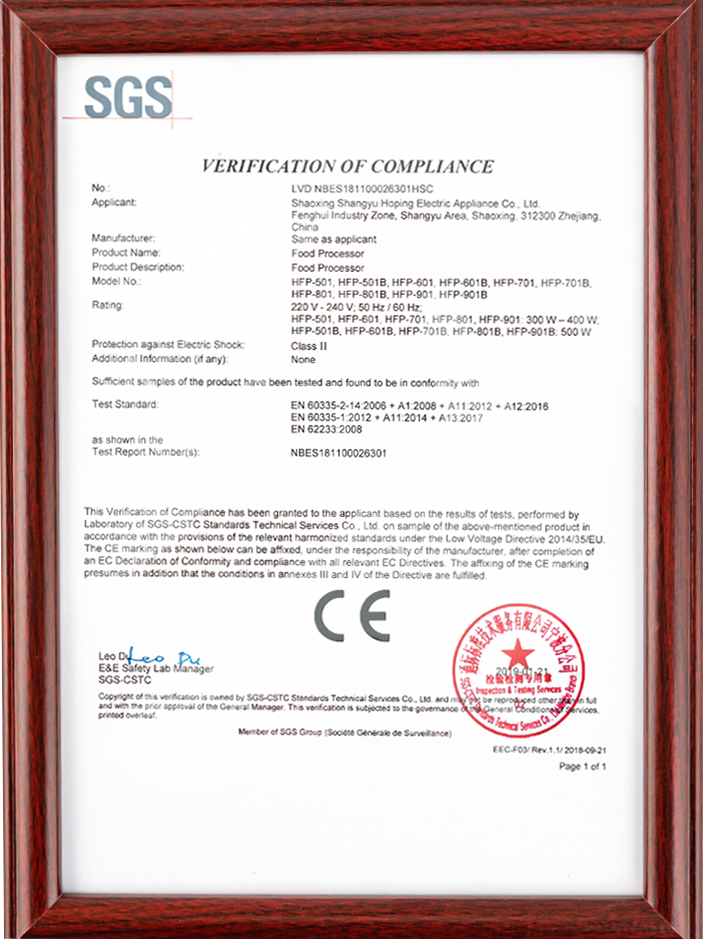
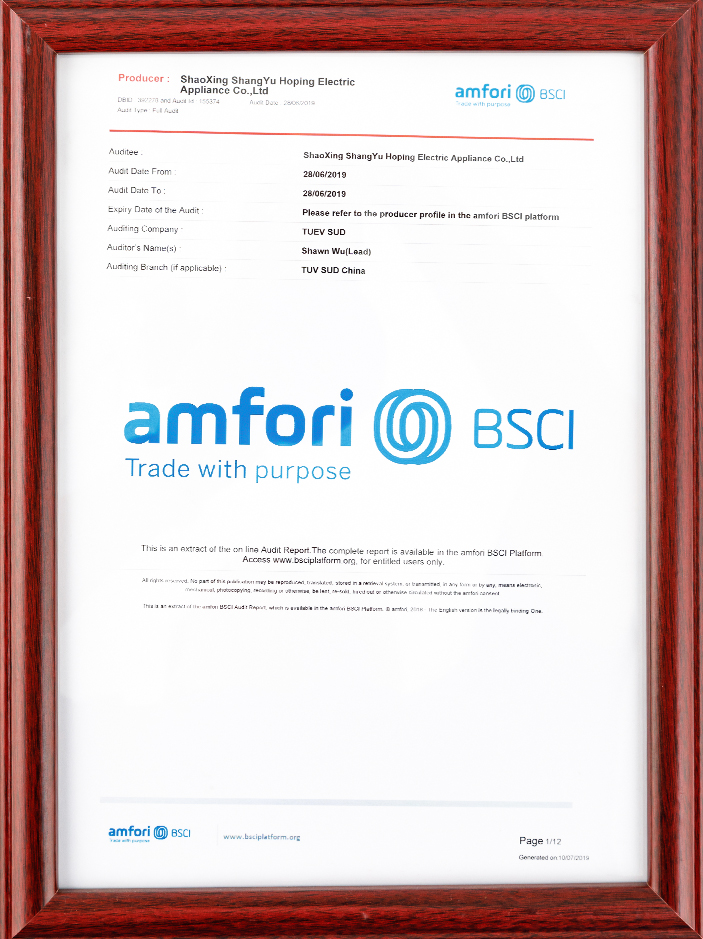
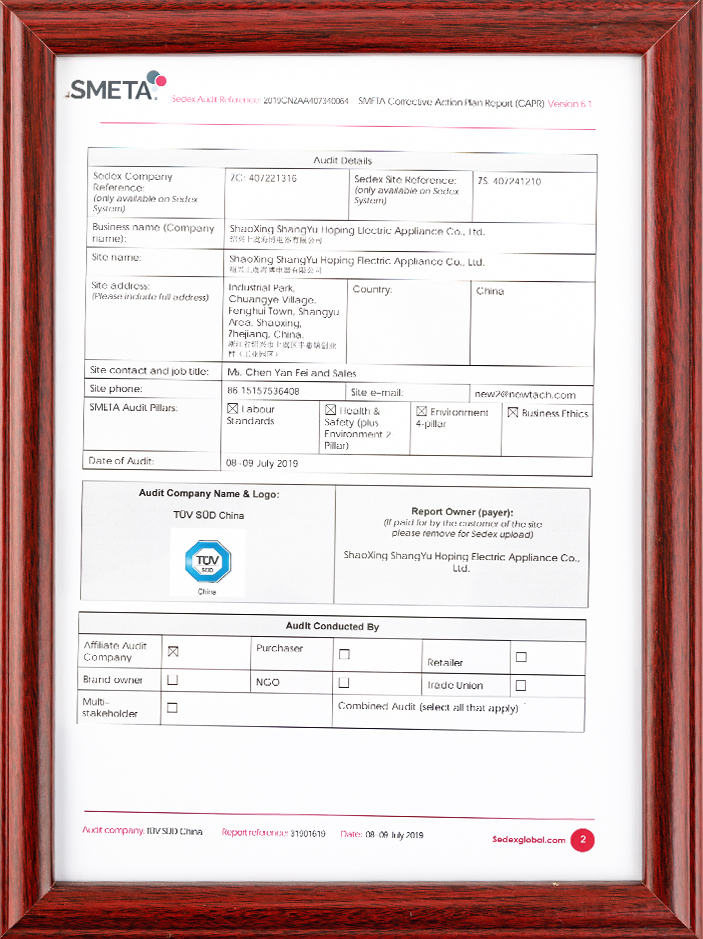

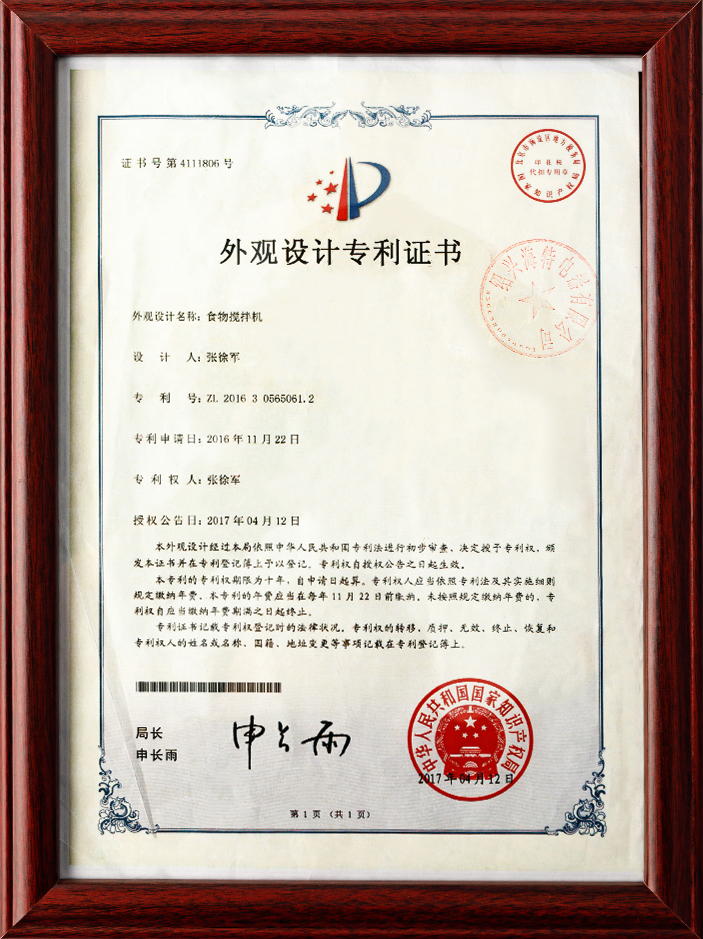
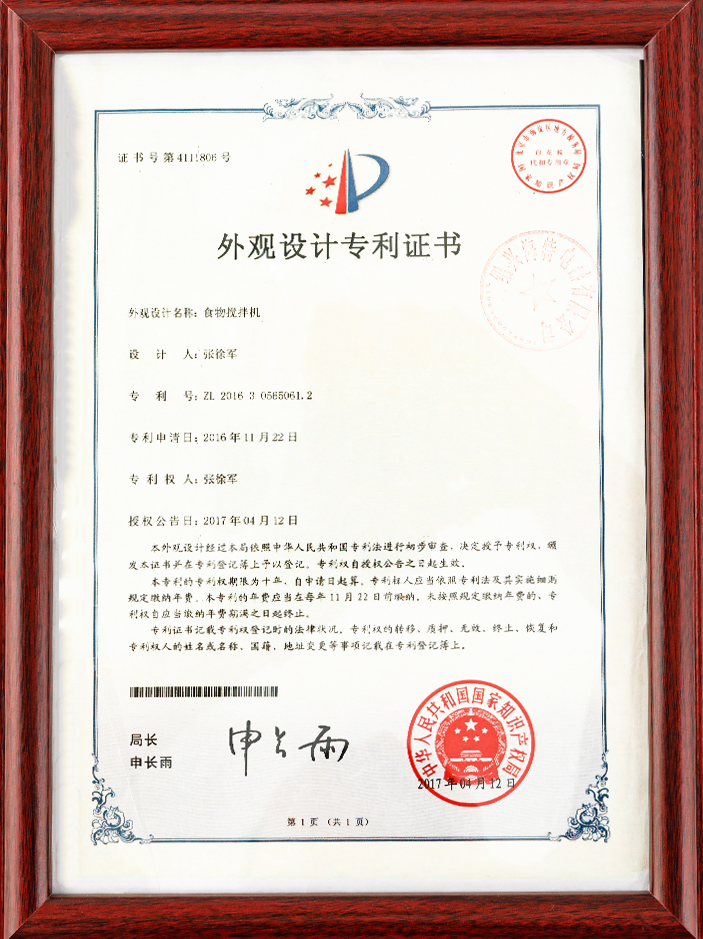
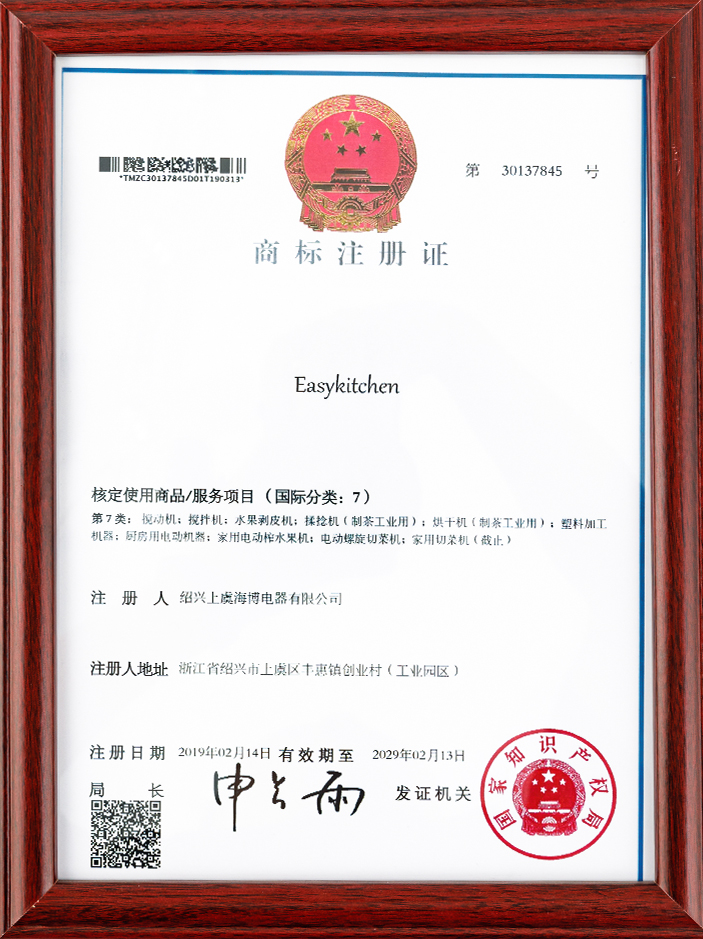
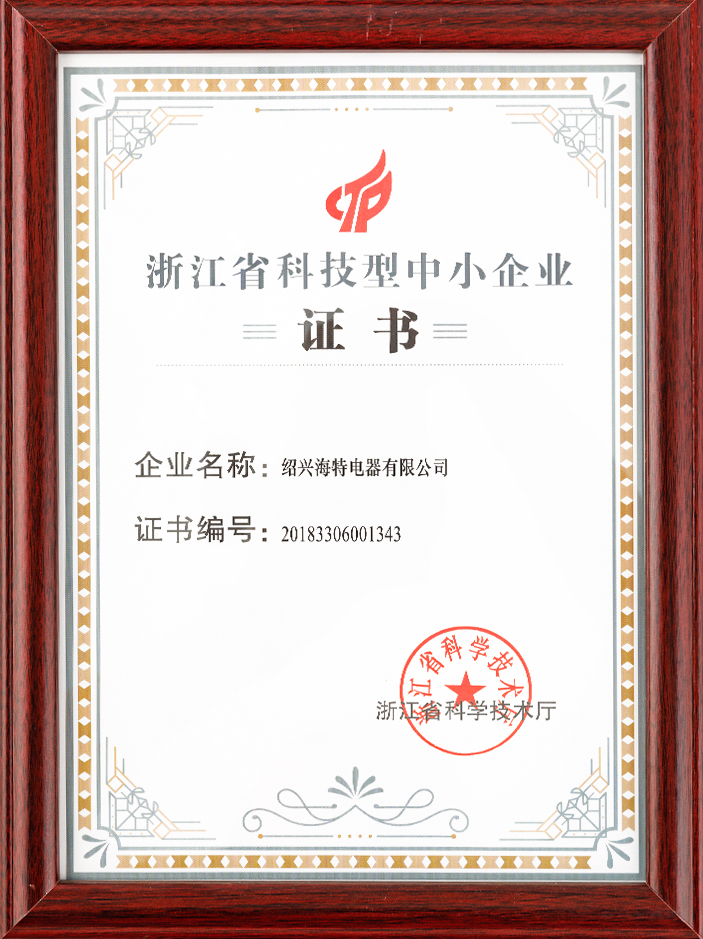
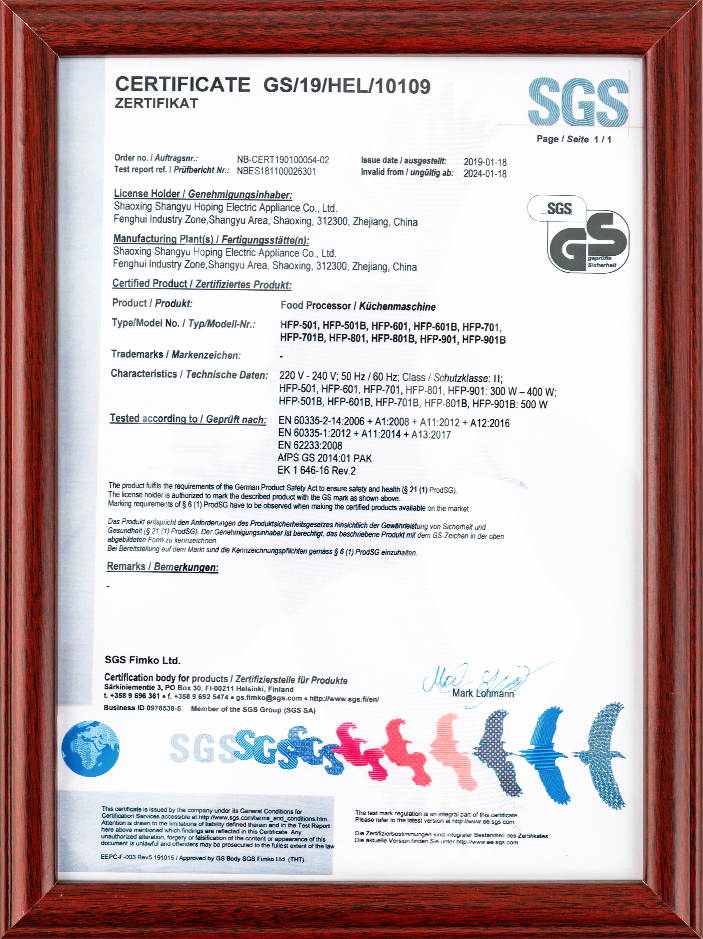





 浙公网安备 33060402001386号
浙公网安备 33060402001386号 